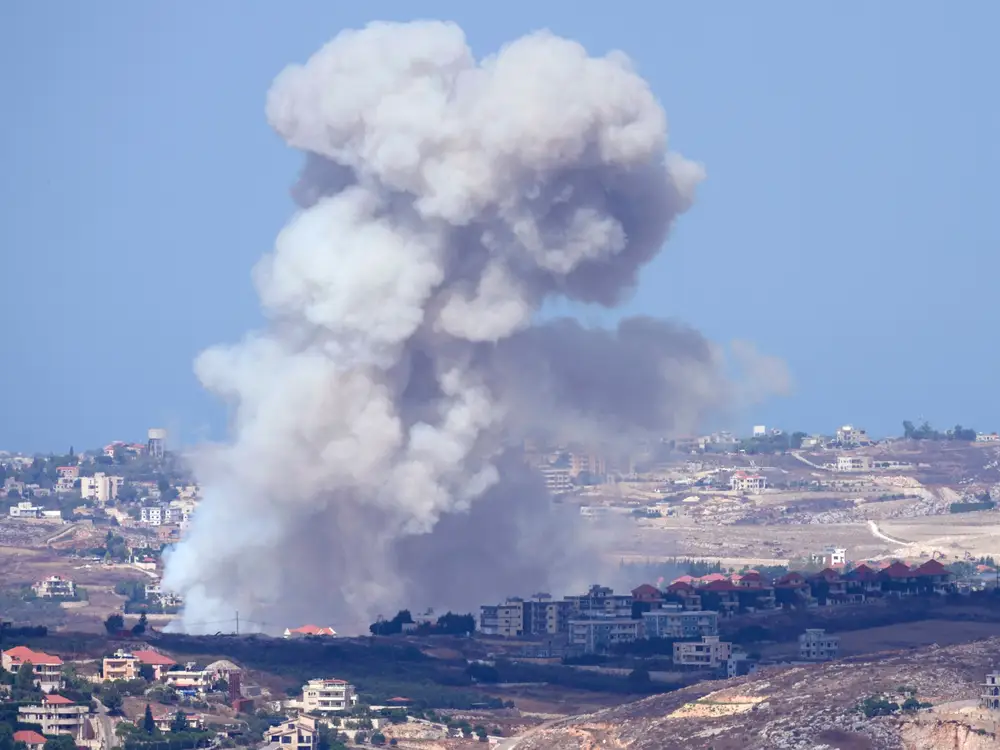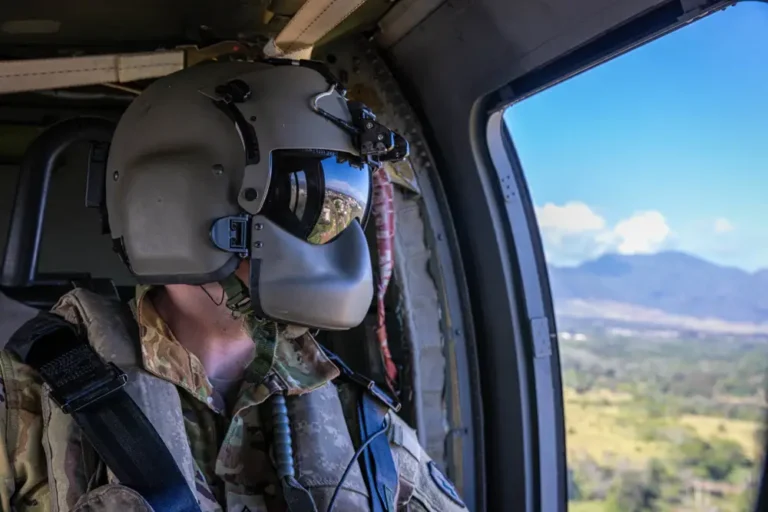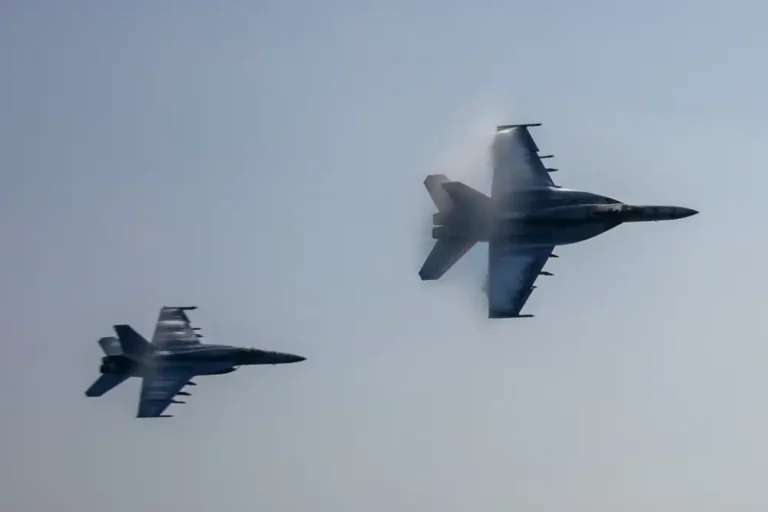The US is sending more troops to the Middle East to help US citizens flee as Israel-Hezbollah clashes intensify

Smoke rose from Israeli airstrikes on villages in southern Lebanon, on September 23, 2024.
The US is planning to send more troops to the Middle East in the coming days in case American citizens need to evacuate the region, NBC News reported, citing three defense officials.
A few dozen additional soldiers will be added to the roughly 40,000 US troops already present in the region, according to the publication.
It comes after Lebanon had its deadliest day for decades on Monday after Israel ramped up strikes on the country.
Pentagon press secretary Maj. Gen. Patrick Ryder commented on the development during a press briefing on Monday.
“In light of increased tension in the Middle East and out of an abundance of caution, we are sending a small number of additional US military personnel forward to augment our forces that are already in the region,” he said.
He declined to comment or give more specifics, citing operational security reasons.
Tensions have been simmering in the region, where clashes between Israel and Lebanon-based Hezbollah militia intensified over the weekend.
Israeli Defense Forces said they were intensifying targeted strikes on Hezbollah positions and warned civilians in Lebanon to stay away from potential Hezbollah targets for their “own safety.”
According to an update by Lebanon’s health ministry, at least 492 people were killed, and another 1,645 were injured in the south of the country on Monday.
On Sunday, Naim Qassem, a leader of the Lebanon-based Hezbollah militia, said the group had entered a “battle of reckoning” with Israel.
Preventing a war
Since the Hamas’ October 7 terrorist attacks on Israel, the US has stepped up its military and diplomatic efforts in the region to serve as deterrence and prevent an all-out war.
US officials told Military Times that at least a dozen warships and four Air Force fighter jet squadrons were deployed across the region to protect allies and deter attacks.
On Monday, the aircraft carrier USS Harry S. Truman, two Navy destroyers, and a guided-missile cruiser headed to the Sixth Fleet area in Europe on a regularly scheduled deployment.
State Secretary Antony Blinken, meanwhile, has traveled to the region several times over the last few months to help partners strike a cease-fire deal between Hamas and Israel.
In two calls with his Israeli counterpart over the weekend, Defense Secretary Lloyd Austin “stressed the importance of finding a path to a diplomatic solution that will allow residents on both sides of the border to return to their homes as quickly and safely as possible, as well as reaching a Gaza cease-fire deal that will bring all the hostages home.”
President Joe Biden said on Sunday that the US is doing “everything we can” to prevent a wider war in the Middle East.
“And we’re still pushing hard,” he added.
It may be too late
According to experts, the deaths of dozens of people caused by the explosions of handheld radios and pagers in Lebanon last week and Israel’s intensifying airstrikes make Hezbollah’s retaliation likely.
Filippo Dionigi, a senior lecturer on international relations at the University of Bristol, told B-17 on Monday these attacks “make a greater reaction inevitable to the net of any self-restraining stance.”
Eugene Rogan, a professor of modern Middle Eastern history at the University of Oxford, said the barrage of airstrikes on Hezbollah targets in Lebanon, coupled with the dozens of people murdered and thousands injured by detonating bombs last week, “make for too many blows for Hezbollah to accept without reprisal.”
“Under the circumstances, the region would appear to be on the brink of all-out war in Lebanon,” Rogan added.






